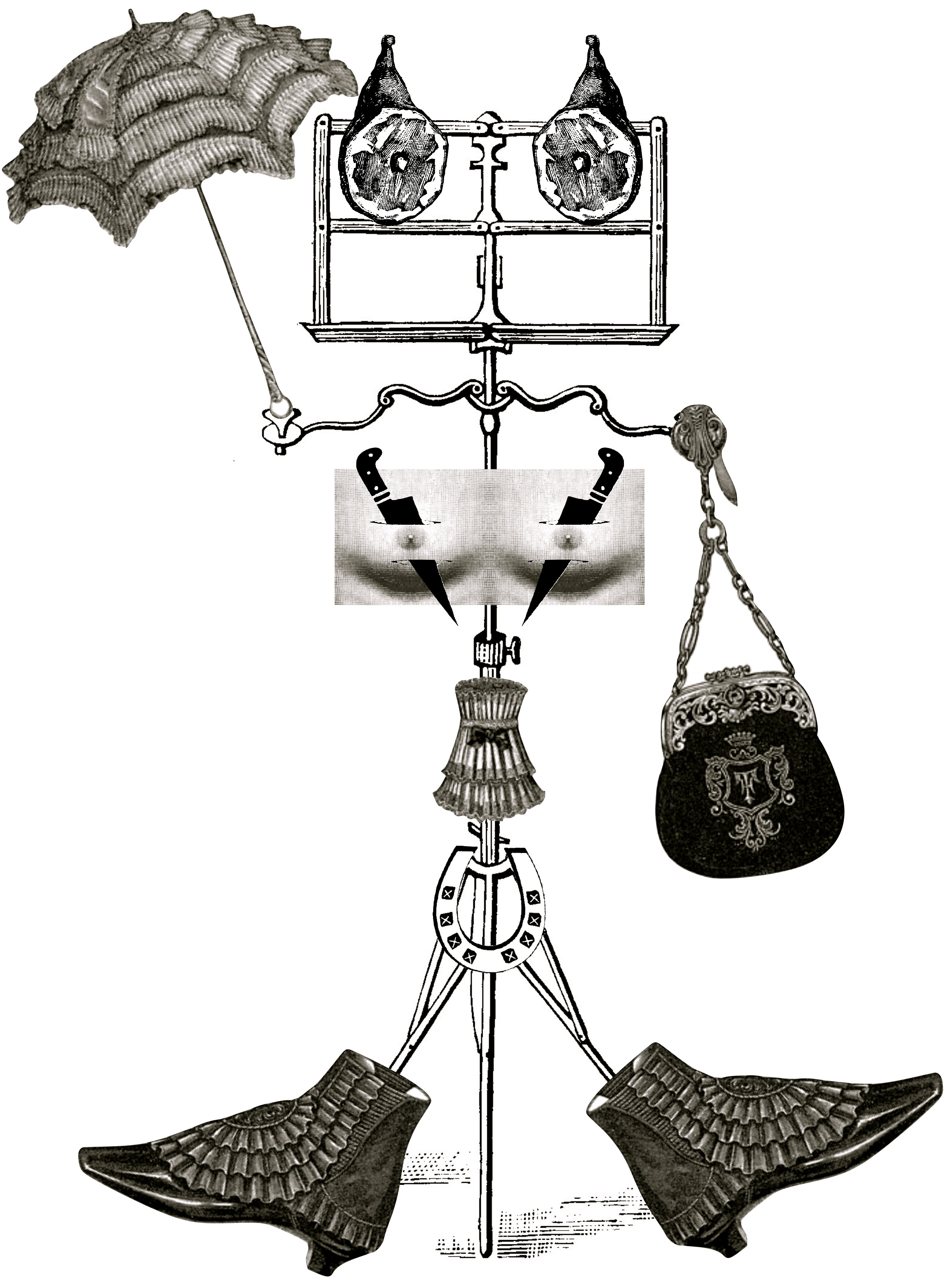Cyprien Gaillard at Paris’ Centre Pompidou
Parisian artist Cyprien Gaillard lit up the hipness radar in 2008, through his music video to musician Koudlam’s “Seen it All”. Gaillard paired Koudlam’s electro beats with a video of a fight, which took place outside a council estate in Russia. He filmed the fight using his mobile phone. The video’s raw format reflected a strangely compelling fusion of technology with gritty human conflict.
Cyprien’s current solo show – held at Paris’ Centre Pompidou, a result of him winning this year’s prestigious Marcel Duchamp prize – applies a similar anthropological eye to society and the urban world. The title of the show, Desniansky Raion, references a video consisting of a series of images of monumental, yet ordinary buildings. One example is a massive 70s edifice in Belgrade. The forgotten yet oddly spectacular spaces encourage viewers to reconsider their standards of beauty.
Throughout the show, the video-artist, photographer, self-proclaimed archivist and archeologist meticulously contrasts images of memorable with highly forgettable sights. Cyprian sculptures dating between 710 – 706 BC rub shoulders with reportage-style photos of urban development projects in Detroit. Postcard shots of Egypt’s tourist hotspots mingle with images of crumbling parts of Glasgow.
The message is pretty straightforward. To what extent is our memory selective and influenced by the opinions of others? What exactly makes a site souvenir material?
“Why preserve one site, when million are being simultaneously destroyed?” Cyprien Gaillard said. This train of thought is reflected in an entire room dedicated to Polaroid-composed pieces. A total of 94 photos of both famous and ordinary buildings, landscapes, humans, are gathered in groups of nine, laid out in diamond shapes, and hung on the walls. No building, landscape or human is privileged; they are all given equal attention and space. On close observation, the exhibit could also look like detective notes or an archeologist’s research on a newfound dig.
The encyclopedia-like, seemingly random gathering of worldwide sights, is an attempt to get us to look at the world through a more objective lens.
A closer look at the show reveals the artist isn’t just obsessed with the hierarchy between landscapes, people, and buildings, but also with the power of time. Ruins become revered memories of the past. This preoccupation becomes apparent in a imposing installation composed of a large plate of marble from Tunisia, covered in fossils and shells, side-by-side with a piece of reflective glass found in Paris’ not-so-glamorous mall Le Forum de Halles. The artist is asking the viewer to question why one plate immediately appears more noble that the other. He suggests it’s only a matter of time and seashells for the shoddy half to obtain some nobility too.
Cyprien doesn’t refer to his show as an exhibition but an “atlas of ruins” – suggesting once again that, he is merely documenting time passing by. That said Cyprien would have to admit that his own documentation is neither neutral nor fair; it too involves his own choices and reflects the paradigm through which he sees and remembers the world.
Alice’s writing has been featured by august publications such as the NY Times, Dazed and Confused, Le Figaro, Art in America, The International Herald Tribune, Vice, Vogue UK, and many others.




